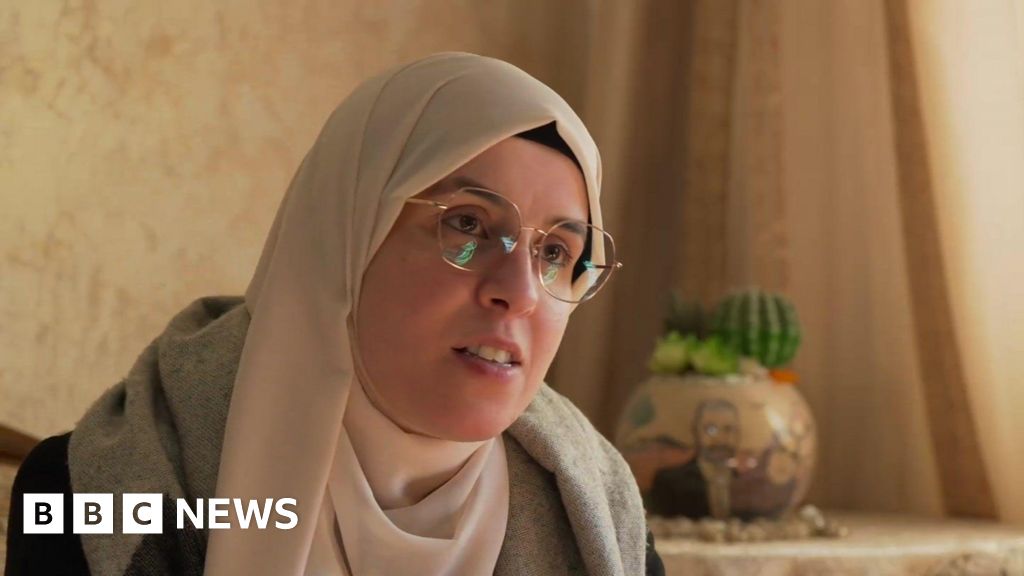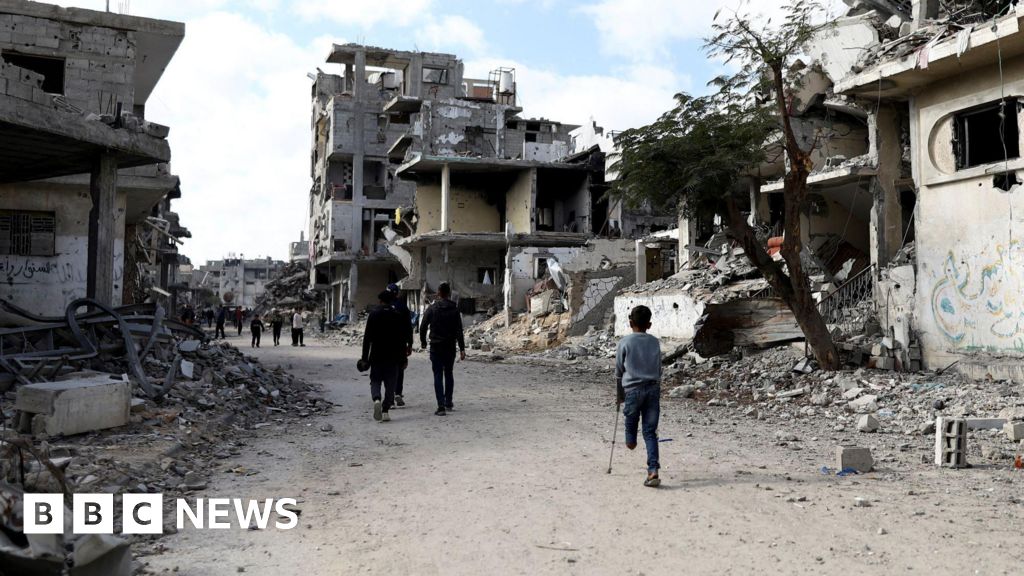ARTICLE AD BOX
13 minutes ago
Wycliffe Muia ,Navin Singh Khadka
The body of a Kenyan climber who died on Mt Everest last week will remain on the mountain where he died, his family has said.
Joshua Cheruiyot Kirui died while on a daring mission to reach the summit of Mt Everest without supplementary oxygen.
The 40-year-old mountaineer fell into a crevasse just about 48 metres (160 ft) below the 8,849-metre peak, along with his Nepalese guide.
Kirui's family said retrieving his body from such a high altitude would be too risky for the rescue team.
However, Nepal’s tourism department officials said leaving dead bodies on the mountain is against the law.
Climbing Everest, the world's highest peak, is considered extremely difficult and risky, even for experienced climbers.
Kirui was trying to become the first African to climb Mt Everest without extra oxygen, accompanied by Nepali climber Nawang Sherpa.
Mr Sherpa is still missing.
In a statement on Wednesday, Kirui's family said they had taken the "difficult" decision to let his remains rest on the mountain after wide consultations and "careful consideration of all the circumstances".
"Retrieving his body from that high up would be risky for the rescue team, the family does not wish to endanger any life," it said.
"Cheruiyot had a deep love for the mountains and they loved him in return. We find solace in knowing that he is resting in his happy place," it added.
The family, however, said there will be memorial services in the capital Nairobi and in his Chepterit village, in Rift Valley region.
There have also been concerns about the cost of retrieving his body to be buried back home.
It would have cost about $190,000 (£150,000) to retrieve the body and it takes about eight people to scale up the mountain to carry out the mission.
A Nepalese official said the expedition operator that Mr Kirui was with will need to submit a commitment letter saying that they would bring his body down next climbing season.
“This time it was already towards the end of the spring climbing season so logistically it would not have been possible to bring the body down.”
They said the operator will need to give the commitment letter to the department soon.
The official said that Mr Kirui’s body was accessible.
The president of Expedition Operators Association of Nepal, Dambar Parajuli, said the industry has agreed that dead bodies that can be easily reached need to be removed and brought down from the mountain.
“But we have also told the government that those bodies that have fallen into crevasses or, say, have fallen towards Tibet (Everest runs along the border between Nepal and China), or have been deeply buried under snow cannot be brought down.”
Nevertheless, most families who lose their loved ones on Everest prefer to leave the bodies behind.
It is estimated that the bodies of nearly 200 of the 330 climbers who have died on the world's highest mountain remain there.
The climb by Kirui, a banker, had been closely followed in Kenya, and fellow climbers had posted frequent updates about the attempt online.
Before his fatal climb, Kirui had told the BBC that he had undergone extensive physical preparations ahead of the challenge.
In his latest Instagram post, he had expressed confidence that he could conquer Everest without additional oxygen.
He however told the BBC that he had emergency oxygen support from Mr Sherpa and an emergency evacuation cover in case he ran into difficulties.
Most people climb Everest in April and May when weather conditions are most favourable.
Four climbers have reportedly died so far this season, which ends in a few days.

 7 months ago
24
7 months ago
24








 English (US) ·
English (US) ·